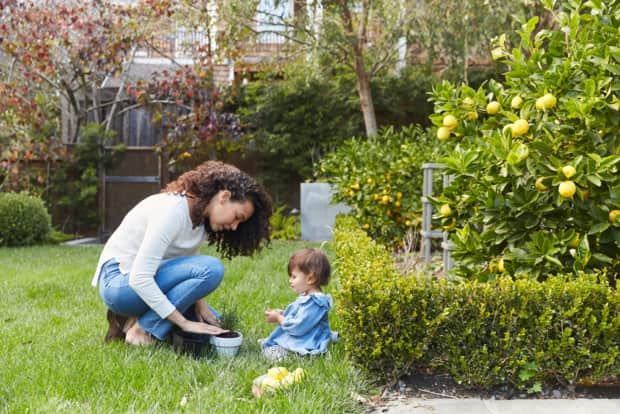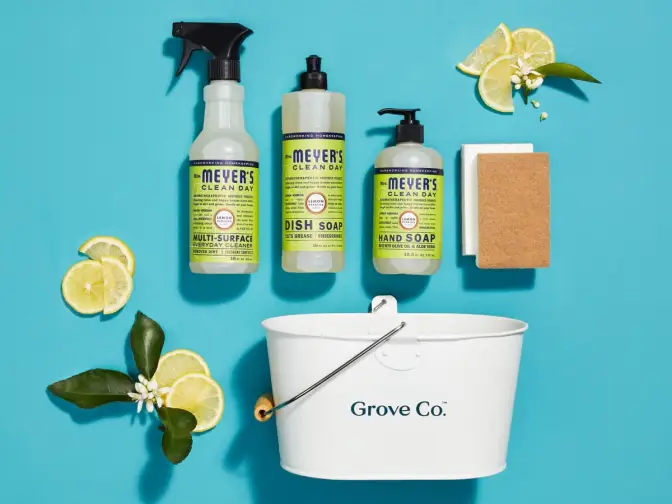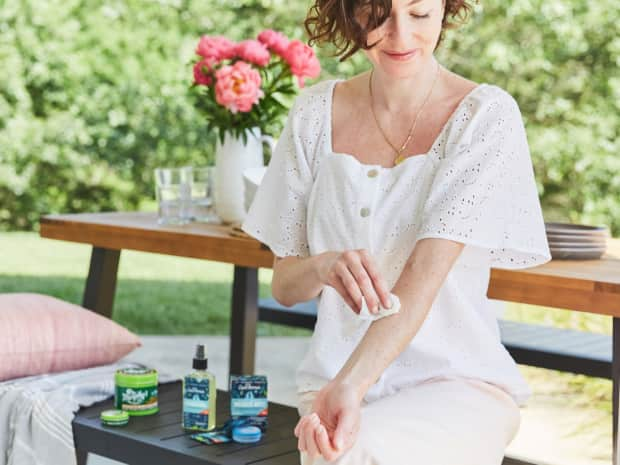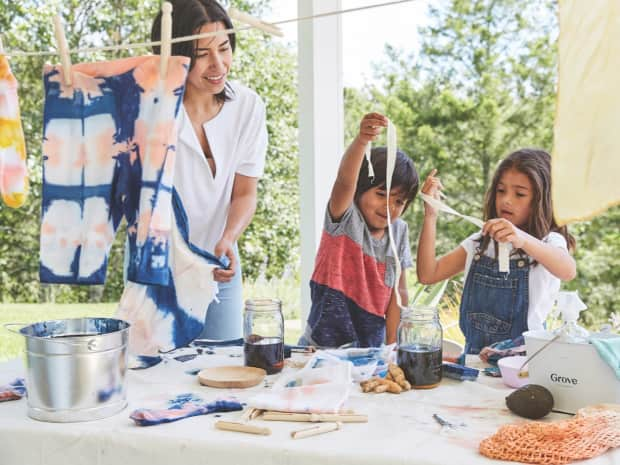Sand soil uses and benefits
As the name suggests, sandy soil is similar to sand, with a gritty texture. This type of soil is easy to cultivate. It drains fast and dries easily, which is a plus. However, this type of soil is not rich in nutrients, since most of the nutrients are drained during wet weather.
Because of this, it requires an external nutritional boost in the form of organic fertilizer blends of some kind. Some options include glacial rock dust, kelp meal, and greensand. Another benefit to sandy soil is that it warms up quickly in the spring, making it suitable for spring crops.
Sandy soil is ideal for cultivating:
Root vegetable crops like potatoes, parsnips, and carrotsCommercial crops like lettuce, peppers, squash, collard greens, strawberries, tomatoes, zucchini, and cornFlowering plants and shrubs, like hibiscus, tulips, sun roses, and tree mallowClay soil uses and benefits
Clay soil contains higher concentrations of clay in its composition. Because of this, clay soil turns sticky and forms lumps when moisture is added. However, it turns rock hard when it’s dry, which makes it difficult to grow anything in it, even though the potting mixture is enriched with nutrients.
This type of soil offers very few air spaces, and it’s also poor at draining. However, if the drainage issue is sorted out, your chances of a plant growing and developing properly increases significantly.
Considering these qualities, clay soil is suitable for growing things like:
- Summer vegetables, and it can result in a surprisingly high yield
- Ornamental trees and shrubs
- Perennials like bergamot, aster, flowering quince, and Helen’s flower
However, it’s essentially useless in trying to grow early vegetable and soft berry crops in clay soil, because it warms up so slowly come spring.
Silt soil uses and benefits
Silty soil is very soft in texture, and it’s easy to compact when wet as it holds moisture well. This potting mix is rich in nutrients and organic material which makes it easy to cultivate a variety of crops. However, the drainage of the soil is an issue because of how well it hangs onto moisture.
It can be an ideal type of soil for your garden if a proper drainage system is designed first. Additionally, due to the drainage problems, it may need to be enhanced with composted organic matter to help provide structure.
Silty soil is a great potting mix to grow almost all vegetable and fruit crops, provided you have that handy drainage system.
Due to the high moisture content, it is also ideal for trees that require moisture, like Cypress, Birch, Willow, and Dogwood. Mahonia, and New Zealand Flax.
Chalk soil uses and benefits
Chalky soil resembles, well –– chalk in texture. It features large grains and a stone-like formation and structure. The soil is named so because it usually overlays chalk or limestone bedrock. Chalky soil is draining, requiring humus to improve water retention. Moreover, the soil is alkaline in nature, which can sometimes result in yellow leaves and stunted growth.
Chalky soil is ideal for growing vegetables like:
- Beets
- Spinach
- Cabbage
- Sweet corn
And certain shrubs like:
Peat soil uses and benefits
Peat soil feels damp and kind of spongy in texture due to the high peat content. It’s also darker in color and is acidic in nature, which leads to its low nutrient content. Peat soil can also retain a lot of water which requires drainage channels. This type of organic potting soil requires mixing it with compost, organic matter, and lime or glacial rock dust to reduce the acidity level so that life can grow.
Peat soil is ideal for growing vegetable crops like:
- Legumes
- Salad crops
- Root crops
And it’s ideal for growing shrubs like:
- Witch hazel
- Heather
- Camellia
Loam soil uses and benefits
Loamy soil is probably the most balanced of soil you'll find, with an almost even mix of clay, sand, and silt. It’s damp and has a fine texture, with adequate drainage, good structure ,and moisture retention, plus it’s enriched with nutrients.
This type of soil does however, tend to be acidic. That means it requires a regular addition of organic matter to help combat the acid.
Loamy soil is ideal for growing things like climbing plants, as well as bamboos, wisteria, and similar vegetation. This type of soil can produce high-yielding berry and vegetable crops as well, but it requires careful maintenance to prevent depletion of nutrients.







